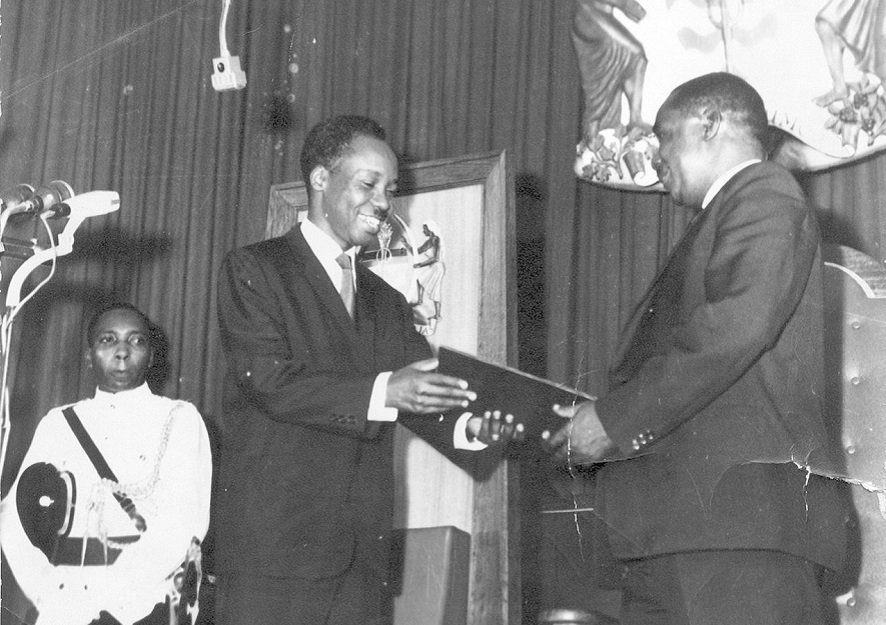World War I: Italy secretly signs the Treaty of London pledging to join the Allied Powers.
The Treaty of London, officially signed on April 26, 1915, was a secret pact between Italy and the Triple Entente—comprising Britain, France, and Russia. The treaty was a significant geopolitical shift during World War I, as it marked Italy’s decision to leave the Triple Alliance with Germany and Austria-Hungary and join the Allied Powers.
Italy’s entry into the war on the side of the Allies was motivated by promises of territorial gains at the expense of Austria-Hungary. The territories discussed included Trentino, South Tyrol, and parts of the Dalmatian coast, which had significant Italian-speaking populations. The treaty also promised Italy a share of the spoils should the Ottoman Empire be partitioned.
The agreement was brokered in secret primarily because Italy was initially part of the Triple Alliance with Germany and Austria-Hungary, but felt that its allies had often disregarded its interests. Moreover, Italy harbored longstanding territorial claims against Austria-Hungary, which the Allies were willing to acknowledge in exchange for military support against the Central Powers.
The signing of the Treaty of London had several repercussions. It helped prolong the war by opening a new front in the Alps, where fierce fighting took place, particularly along the Isonzo River. Additionally, the secret nature of the treaty created post-war complications at the Paris Peace Conference in 1919, where Italy felt betrayed when some promised territories were not granted, leading to significant political unrest and disillusionment within Italy. This dissatisfaction contributed to the unstable political climate that eventually facilitated the rise of Fascism under Benito Mussolini.



